Search Results for 'Savoy Cinema'
5 results found.
‘An unbroken history of more than one hundred years’
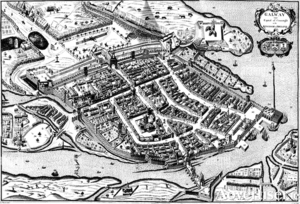
In 1831 Patrick Broderick, from Loughrea, was charged with insurrectionary crimes at the Galway Assizes, and cruelly sentenced to spend the rest of his life in a criminal colony ‘beyond the seas’ in New South Wales, Australia. He was barred from ever returning to his native land. His wife Mary, son John and daughters Ann and Catherine, were left destitute on the infamous Clanricarde estate, one with more than 2,000 tenants.
Explore Galway on foot on the Galway Walking Festival
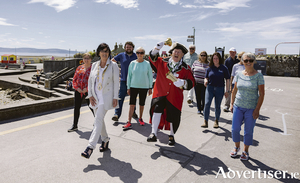
Galway Tour Guides Association in partnership with Galway City Council will see 16 tour guides telling stories on 25 walks, from Coole Park in Gort through the streets of Galway City and onto the Western Lakes Geo Park.
The Savoy Cinema
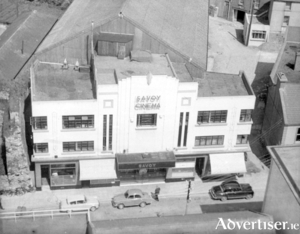
In 1933, plans had been completed and passed by the Galway Urban District Council for a new cinema to be built on Eglinton Street by the famous baritone, Mr Walter McNally. “The building will be beautiful and imposing, designed on the most up-to-date lines. The theatre will have seating for over 800 on the ground floor while the balcony will be capable of holding over 300.”
The ‘delicate nastiness’ of James Joyce’s Furey
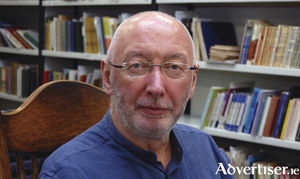
AHEAD OF Bloomsday, County Galway publishing house Doire Press will hold the launch of a new poetry collection, Furey, by James Joyce. The Joyce in question is not the author of Ulysses but Galway’s own James Martyn Joyce, and the collection revolves around the vivid, memorable, persona of Furey.
The Lion’s Tower
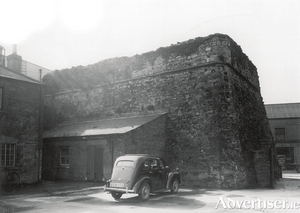
The Lion’s Tower was part of the old city wall. In the last century, it was situated on Eglinton Street between the Garda Barracks and the Savoy Cinema. Our photograph today, which we show you courtesy of the Board of Works, dates from about 1950 and shows the tower as seen from the yard beside the barracks.

